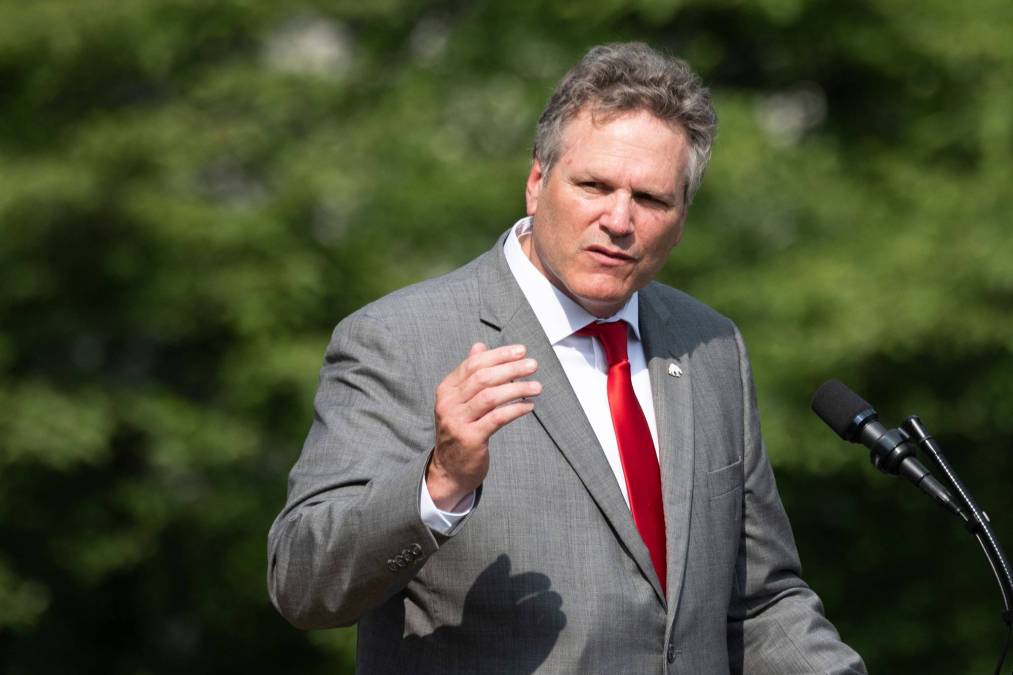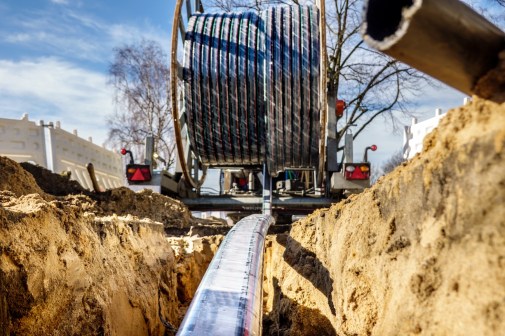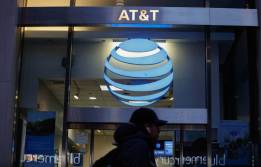Alaska needs a broadband office, task force tells governor

To understand what’s “likely the most unreliable” level of broadband coverage in the country, Alaska should open a statewide broadband office and prioritize data-driven infrastructure spending, a task force of state legislators, agency executives, rural officials and tribal leaders concluded in a report released earlier this month.
Alaska currently ranks dead last in the country in broadband access, according to BroadbandNow. But the task force, which has met monthly since July, concluded the state can improve by opening a dedicated broadband-deployment office to oversee internet-connectivity efforts, especially those related to health care, education and tribal communities. The 14-member group also recommended the proposed office be overseen by a statewide advisory board, as well as regional planning committees to represent local interests. Any future broadband expansion projects should be data-driven and focus on equity and affordability, the report said.
Gov. Mike Dunleavy created the task force in May, instructing its members to assess and identify any gaps in Alaska’s current broadband system in preparation for potentially billions of dollars in new federal funding for high-speed internet. State officials expect to receive at least $1 billion from the infrastructure spending plan President Joe Biden signed earlier this month, following rounds of broadband funding in pandemic relief legislation.
The task force concluded that Alaska needs to build networks faster than the Federal Communications Commission’s current minimum standards and invest in a “middle-mile” backbone of fiberoptic cable capable of reaching underserved communities in the state’s far-flung expanses.
“The task force determined that the state’s middle-mile infrastructure must be capable of supporting the end-user broadband service required within a community,” the task force’s report read. “Insufficient middle-mile capacity will ultimately result in degraded last-mile capacity and, thus, poor end-user experiences online, inhibiting commerce and the delivery of healthcare, education, and government services.”
Broadband advocates around the country have expressed optimism for the infrastructure law’s potential to close their digital divides, though getting accurate broadband coverage data is still a challenge. The federal government’s current maps of broadband coverage “stink,” in the estimation of acting FCC Chair Jessica Rosenworcel. The challenge is even greater in Alaska, home to the largest census blocks in the country, making it easier for internet service providers to overstate the reach of their networks.
Alaska doesn’t keep coverage maps of its own, as some other states do, though the task force recommended that any new broadband office do so.
“Of all U.S. states, Alaska is, by almost any measure, the most challenging place to ensure the ubiquitous delivery of high-quality broadband services,” the report read. “This is true both in the assessment of broadband needs and the closure of coverage gaps once those needs are identified.”






